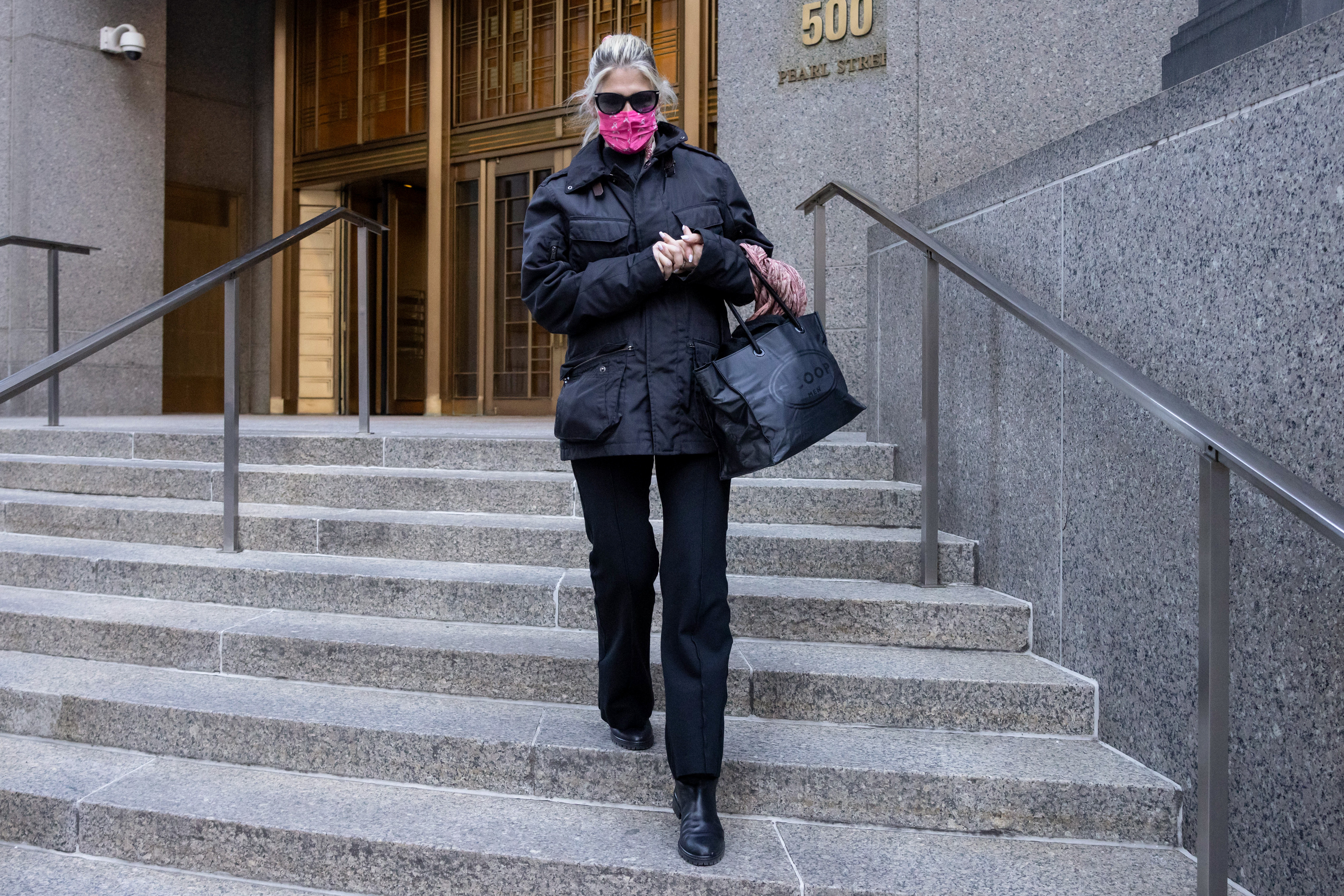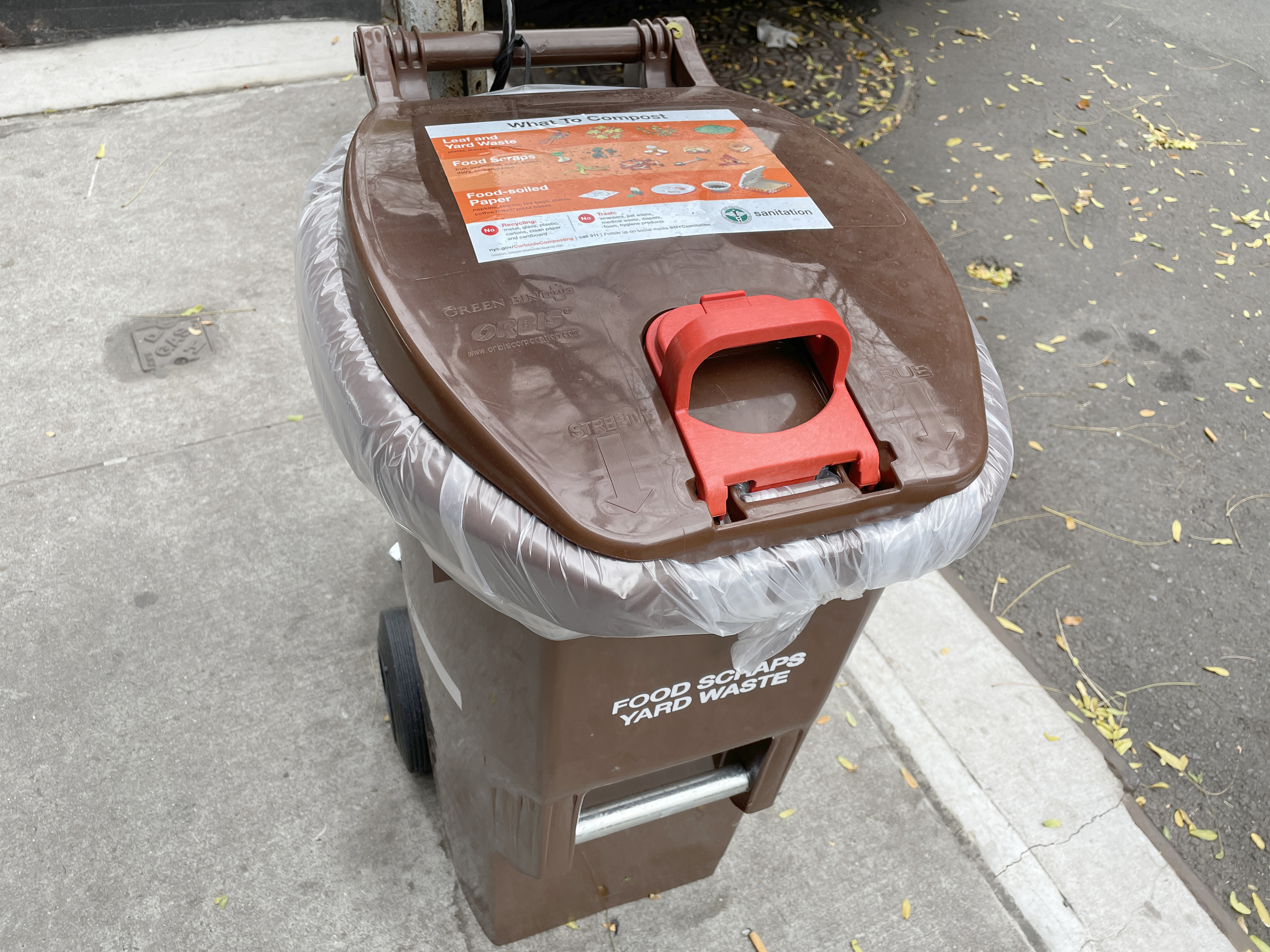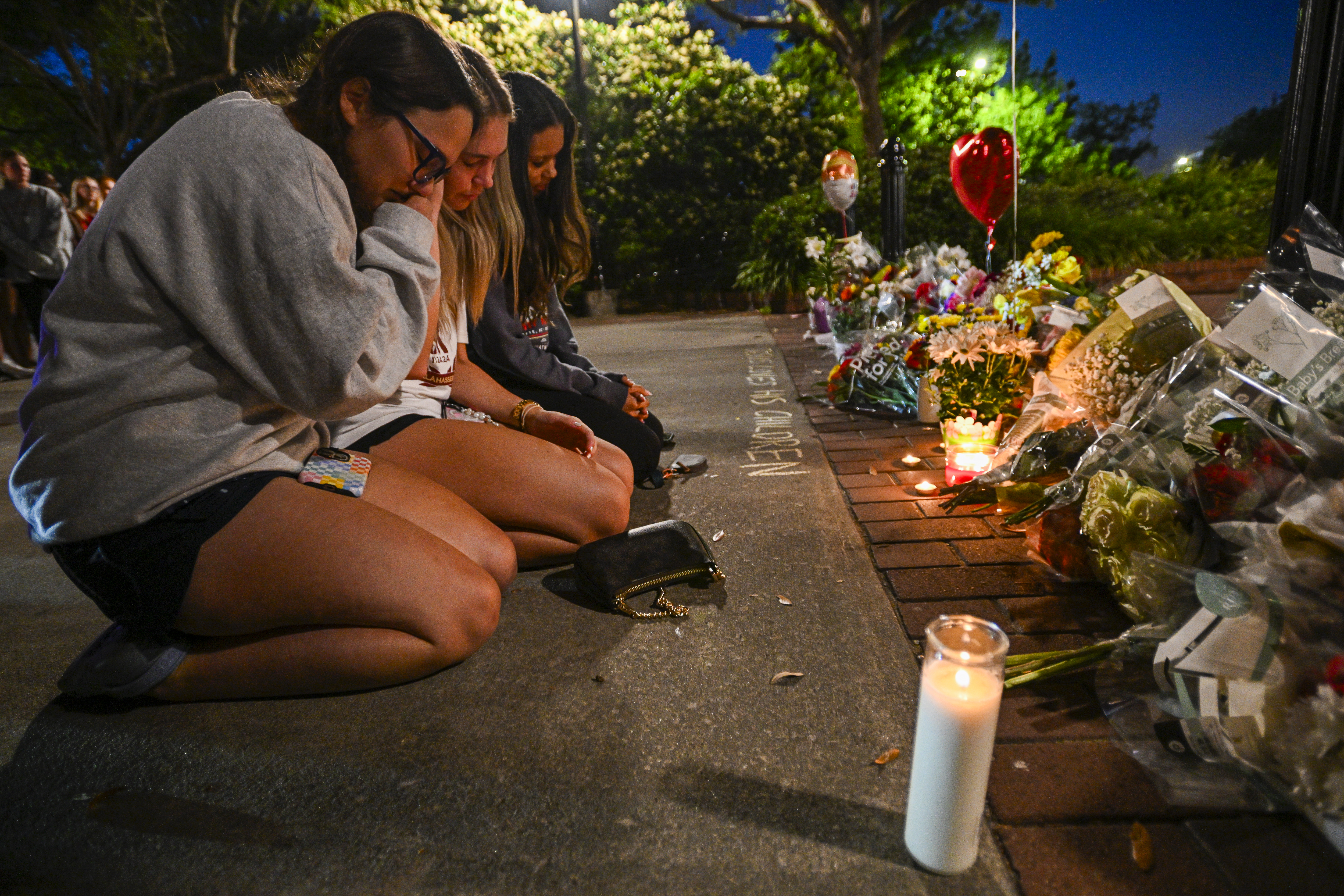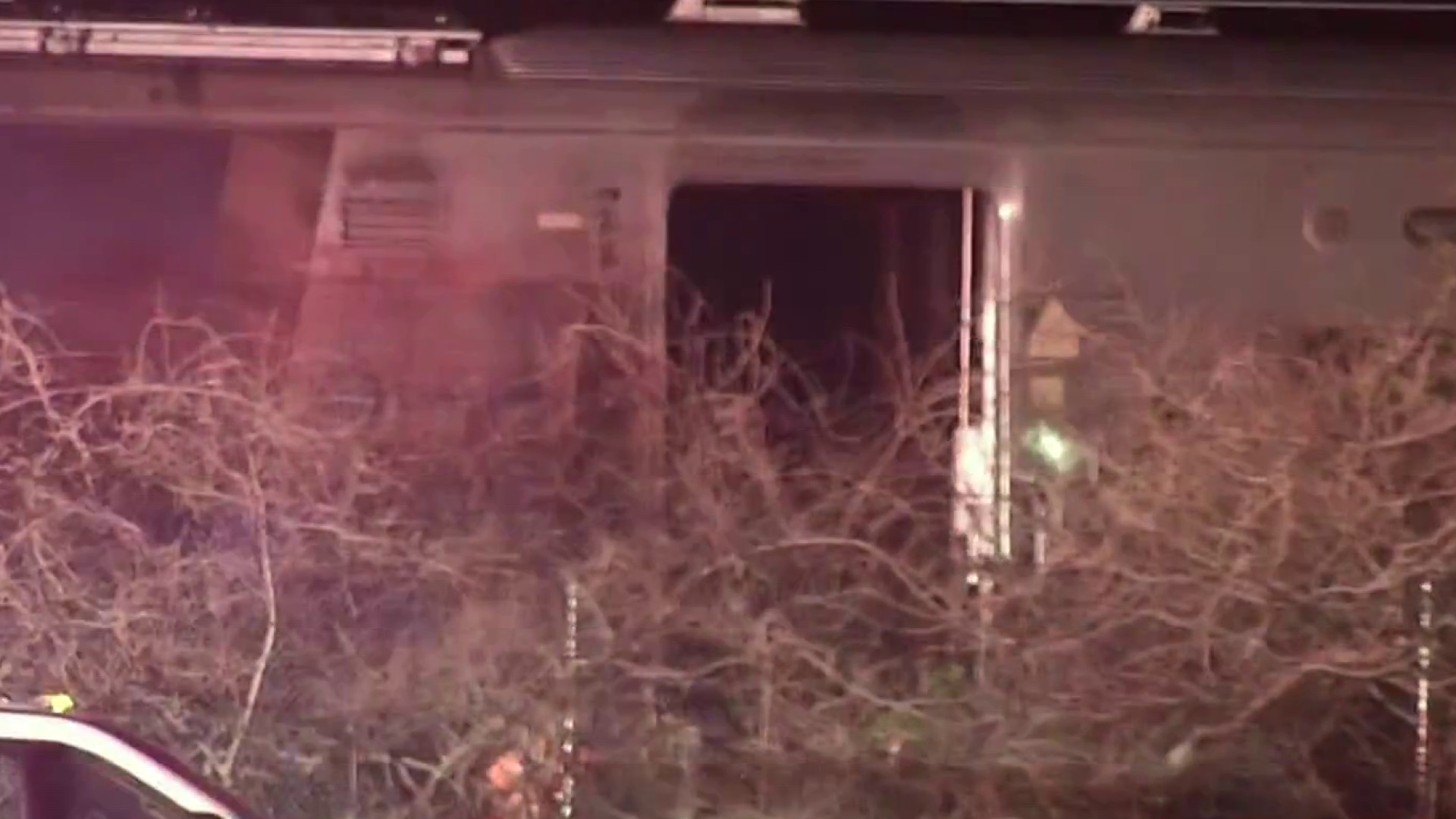Nadine Menendez Trial: Guilty Verdict Imminent?
Nadine Menendez Corruption Trial: Will the Jury Convict?
Introduction: The Endgame in the Menendez Bribery Case
The saga of former Senator Bob Menendez and his wife, Nadine Menendez, has reached a pivotal moment. Closing arguments are underway in a Manhattan federal court, and the fate of Nadine Menendez hangs in the balance. Will she be convicted of bribery charges, or will she walk free? The answer lies with the jury, who are now tasked with sifting through the evidence and deciding whether the prosecution has proven its case beyond a reasonable doubt.
The Prosecution's Closing Argument: Painting a Picture of Corruption
Assistant U.S. Attorney Paul Monteleoni didn't mince words in his closing argument. He repeatedly referred to Nadine Menendez as the "partner in crime" of her husband, a powerful accusation designed to leave a lasting impression on the jury. But what exactly is the prosecution alleging?
The Heart of the Allegations: Using Senatorial Power for Personal Gain
The core of the prosecution's case is that Nadine Menendez aided and abetted her husband in using his position as a U.S. Senator to benefit three New Jersey businessmen. This, they argue, constitutes a clear case of bribery. Think of it like this: it's like a contractor using their influence to land government contracts in exchange for kickbacks.
The Evidence: Cash, Gold, and Alleged Favors
One of the most striking pieces of evidence presented by the prosecution is the discovery of hundreds of thousands of dollars in cash and gold bars in the couple's home in Englewood Cliffs, New Jersey, during a 2022 FBI raid.
The Significance of the Cash and Gold: More Than Just Savings?
The prosecution contends that this cache of wealth represents the fruits of the alleged bribery scheme. It's not just about having savings; it's about the alleged illicit source of those savings. Is it proof of guilt or simply an unusual way to save money?
Nadine Menendez's Defense: What's Their Strategy?
While the prosecution paints a damning picture, Nadine Menendez's defense team is undoubtedly working to create reasonable doubt in the minds of the jurors. What arguments are they likely to use?
Possible Defense Strategies: Denials, Reasonable Doubt, and Scapegoating?
- Denial: Arguing that Nadine Menendez had no knowledge of any wrongdoing on her husband's part.
- Reasonable Doubt: Attempting to poke holes in the prosecution's case and create uncertainty about the evidence.
- Blame Game: Attempting to deflect the blame onto others, potentially even Bob Menendez himself.
The Role of Bob Menendez: Silent Partner or Mastermind?
Although Bob Menendez is also implicated in the alleged bribery scheme, this trial focuses specifically on his wife's role. His presence looms large over the proceedings.
The Potential Impact of a Guilty Verdict on Bob Menendez
A guilty verdict for Nadine Menendez could significantly impact the legal proceedings against Bob Menendez himself. It could strengthen the prosecution's case against him and increase the likelihood of his own conviction.
The Jury's Deliberations: What Happens Now?
With closing arguments concluded, the jury will now begin their deliberations. This process can be lengthy and unpredictable.
Factors Influencing Jury Deliberations: Evidence, Emotions, and Personal Beliefs
The jury's decision will be influenced by a variety of factors, including:
- The strength of the evidence presented by both sides
- The jurors' individual perceptions and biases
- The emotional impact of the case
The Potential Outcomes: Guilty, Not Guilty, or Hung Jury
There are three possible outcomes to the trial:
- Guilty: If the jury unanimously agrees that Nadine Menendez is guilty beyond a reasonable doubt.
- Not Guilty: If the jury unanimously agrees that the prosecution has not proven its case.
- Hung Jury: If the jury is unable to reach a unanimous verdict. In this case, the prosecution could choose to retry the case.
The Implications of a Guilty Verdict: What's Next for Nadine Menendez?
If Nadine Menendez is found guilty, she could face significant penalties.
Potential Penalties: Prison Time, Fines, and a Tarnished Reputation
The penalties for bribery charges can include:
- Lengthy prison sentences
- Substantial fines
- Damage to her reputation
The Implications of an Acquittal: A Victory for the Defense?
An acquittal would be a major victory for Nadine Menendez and her defense team.
Moving On After Acquittal: Can Reputation Be Restored?
Even with an acquittal, rebuilding her reputation could prove challenging.
The Broader Impact: Trust in Government and Public Perception
This trial has implications beyond the individuals involved. It raises questions about the integrity of public officials and erodes public trust in government.
Restoring Public Trust: A Long and Difficult Process
Regaining the public's trust after a high-profile corruption case is a difficult and time-consuming process. It requires transparency, accountability, and a commitment to ethical conduct.
The Media's Role: Shaping Public Opinion
The media plays a significant role in shaping public opinion about the Menendez case.
Objectivity vs. Sensationalism: The Fine Line for News Outlets
It's essential for media outlets to report on the trial objectively, without sensationalizing the allegations or prejudging the outcome.
The Future of the Case: Appeals and Possible Retrials
Regardless of the jury's verdict, the Menendez saga may not be over. Appeals and possible retrials could prolong the legal battle for years to come.
The Lengthy Legal Process: Patience Is Key
These types of cases can be drawn out for a long time, especially if either party wishes to appeal.
The Human Cost: The Impact on Families and Communities
Corruption cases like this take a toll on everyone involved, from the accused and their families to the communities they serve.
Rebuilding Lives: Moving Forward After Scandal
Recovering from a scandal, and the trials that accompany them, can be difficult for families and communities.
The American Dream Undermined: When Public Service Goes Wrong
Cases like this hurt the American Dream. When public service is corrupted, it erodes our faith in the system.
Holding Leaders Accountable: The Importance of Ethical Governance
Holding leaders accountable is vital for the future of our country.
Conclusion: Waiting for the Verdict
The Nadine Menendez corruption trial is nearing its end. The jury is deliberating, and the world is waiting. Whether she's found guilty or not guilty, the case has already left an indelible mark on American politics and public perception. The verdict will not only determine Nadine Menendez's fate but also send a message about accountability and the pursuit of justice in the United States.
Frequently Asked Questions (FAQs)
- What is Nadine Menendez accused of? She is accused of aiding and abetting her husband, former Senator Bob Menendez, in accepting bribes in exchange for using his political influence to benefit three New Jersey businessmen.
- What is the significance of the cash and gold found in the Menendez's home? The prosecution alleges that the cash and gold represent the proceeds of the alleged bribery scheme. It's evidence they are using to show the couple financially benefitted from the alleged corruption.
- What are the possible outcomes of the trial? The possible outcomes are: a guilty verdict, a not guilty verdict, or a hung jury (where the jury cannot reach a unanimous decision).
- What are the potential penalties if Nadine Menendez is found guilty? She could face significant penalties, including lengthy prison sentences, substantial fines, and damage to her reputation.
- How could a guilty verdict impact Bob Menendez? A guilty verdict could strengthen the prosecution's case against Bob Menendez in his own trial and increase the likelihood of his conviction.








